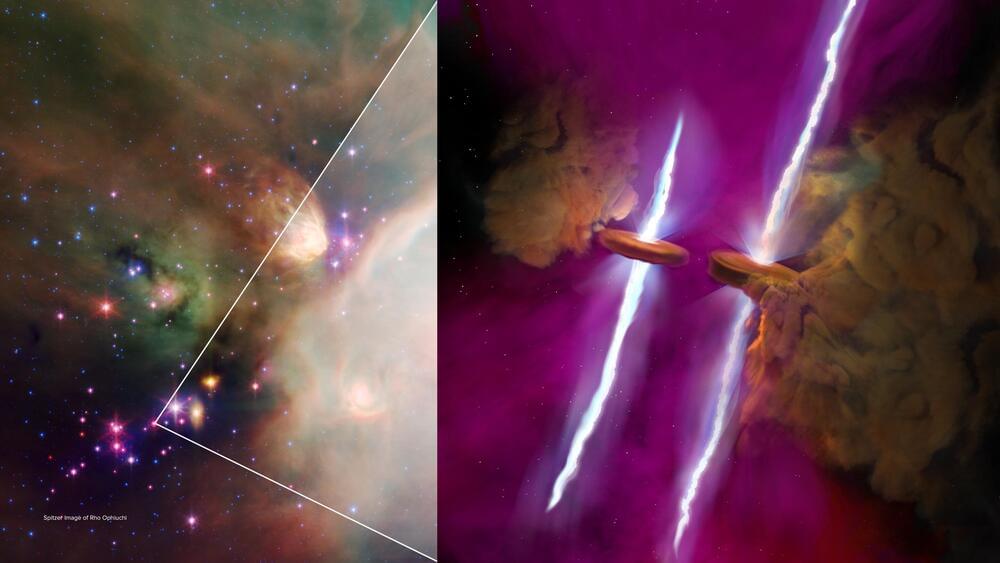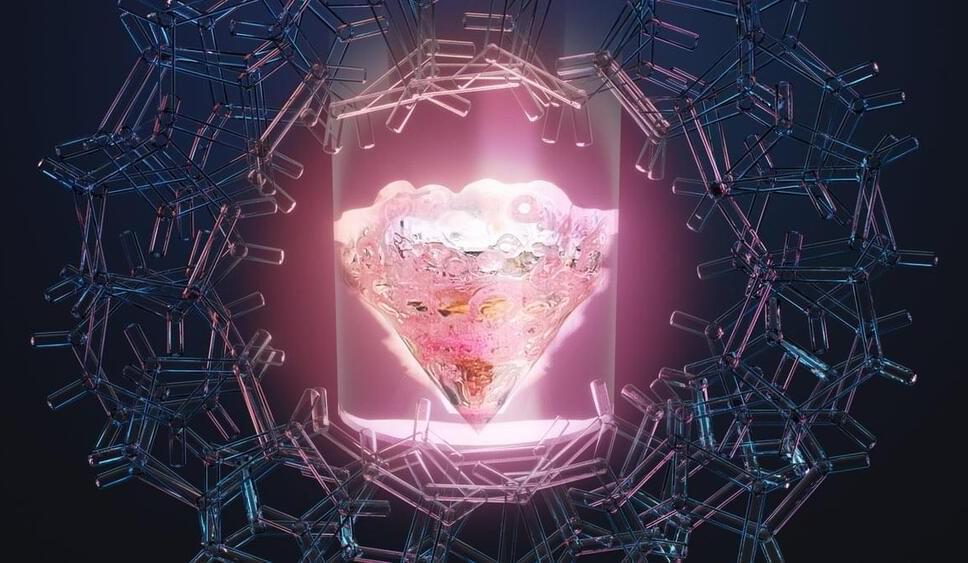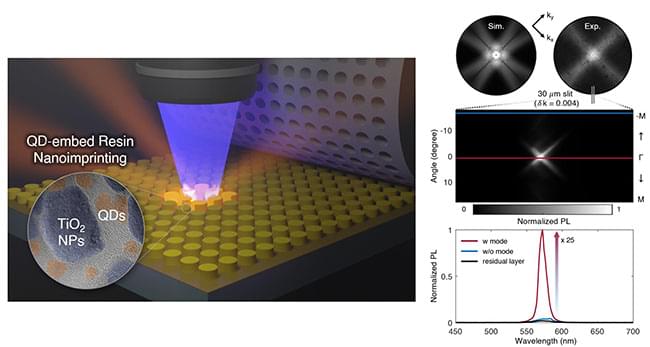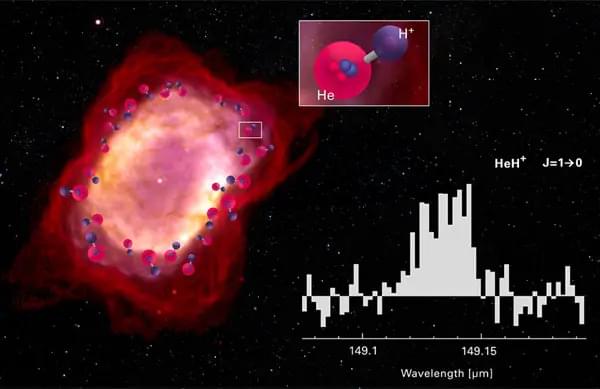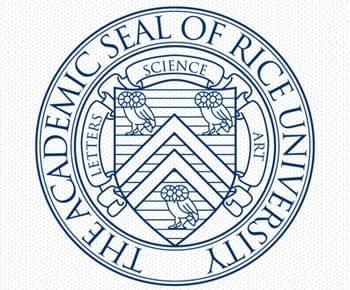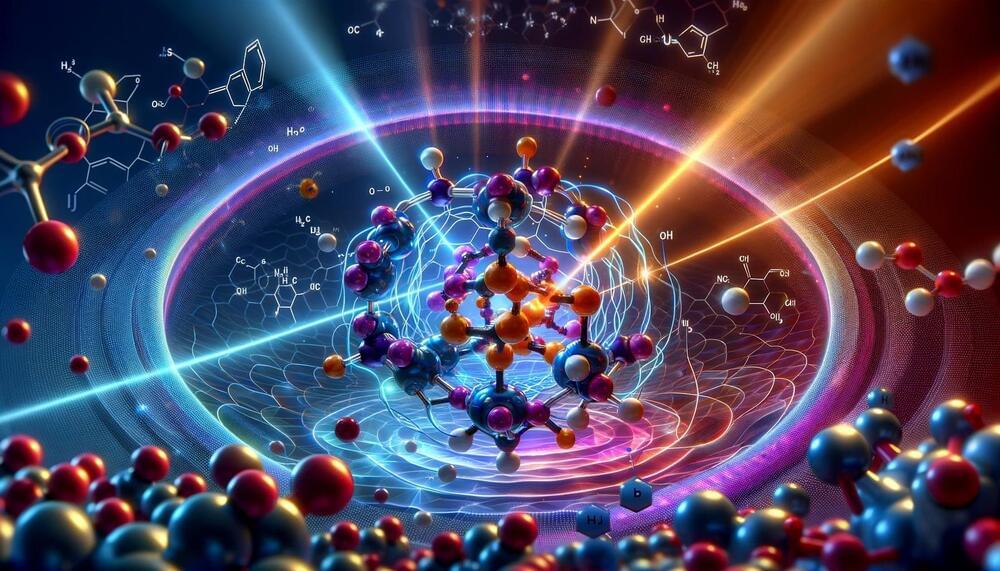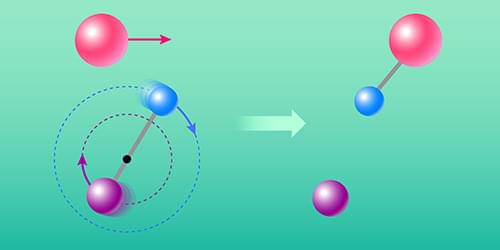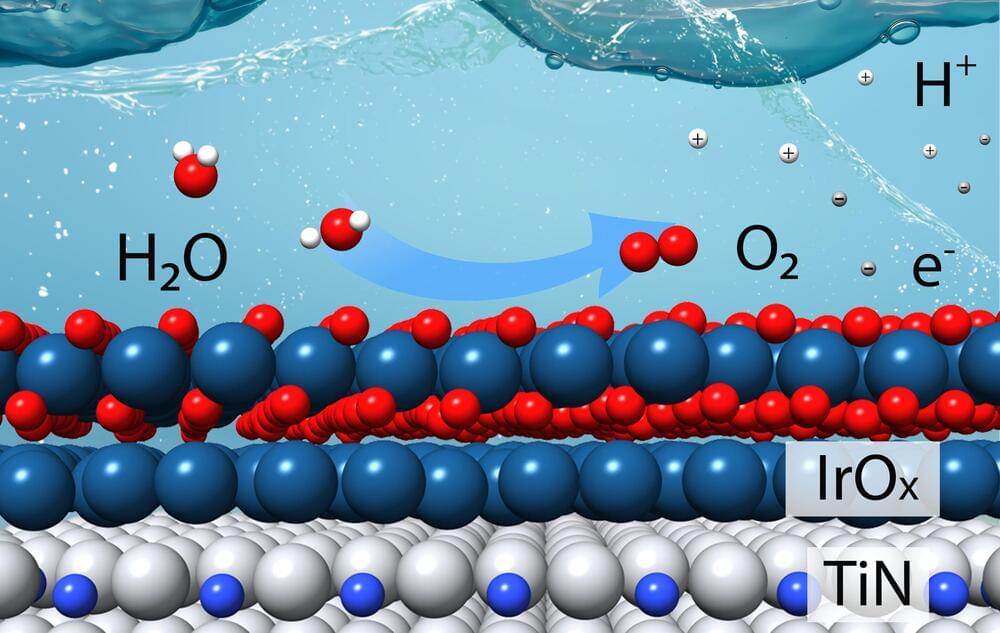Jun 12, 2024
Earth’s ‘Great Oxidation Event’ was spread over 200 million years, according to recent geochemical discoveries
Posted by Saúl Morales Rodriguéz in category: chemistry
Scientists refer to this phenomenon as the Great Oxidation Event, or GOE for short. But the initial accumulation of O2 on Earth was not nearly as straightforward as that moniker suggests, according to new research led by a University of Utah geochemist.
This “event” lasted at least 200 million years. And tracking the accumulation of O2 in the oceans has been very difficult until now, said Chadlin Ostrander, an assistant professor in the Department of Geology and Geophysics.
“Emerging data suggest that the initial rise of O2 in Earth’s atmosphere was dynamic, unfolding in fits-and-starts until perhaps 2.2. billion years ago,” said Ostrander, lead author on the study published June 12 in the journal Nature. “Our data validate this hypothesis, even going one step further by extending these dynamics to the ocean.”

